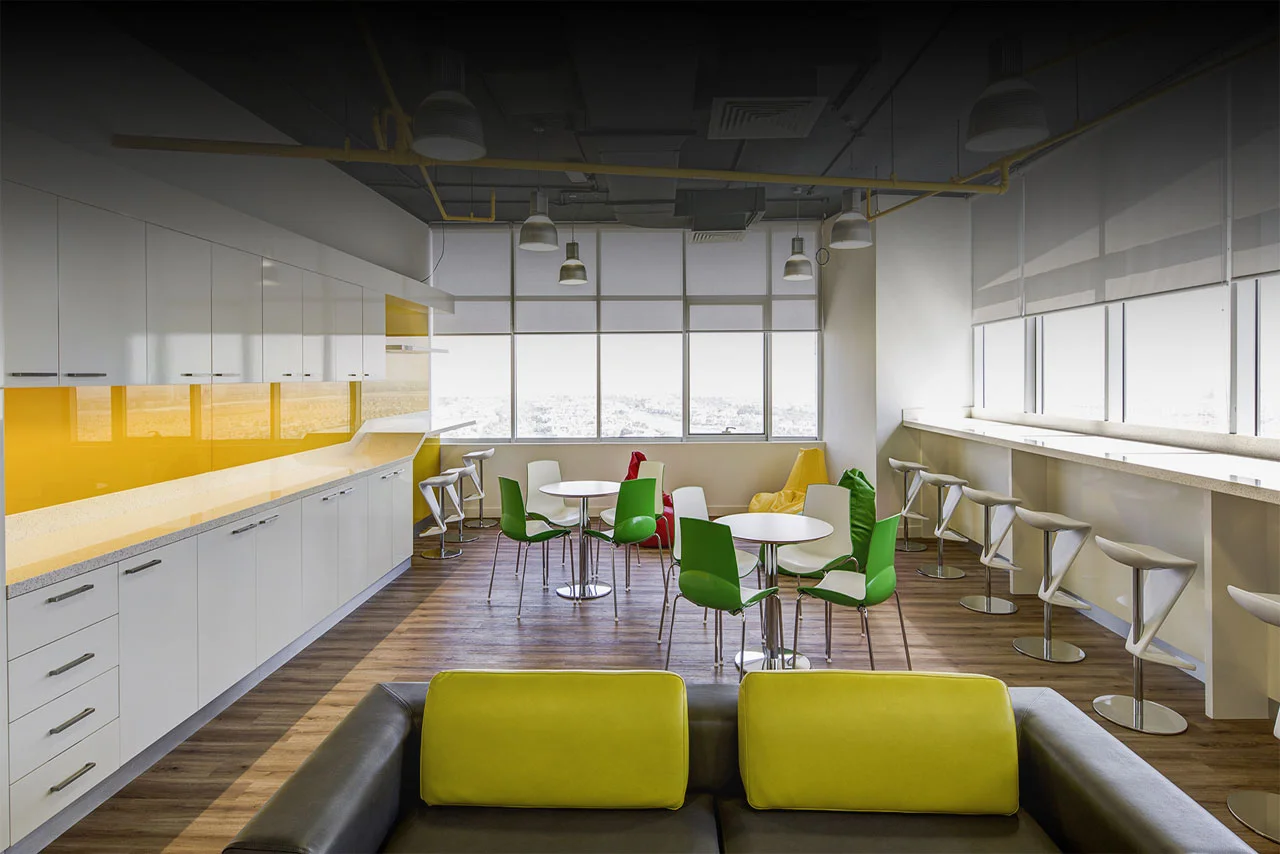
Future of Flexible Workplaces: Evolving Post-Covid Arrangements
New Flexible Workplace Arrangements Post-Covid-19 Pandemic
Most companies had to adopt a whole new Flexible Workplaces arrangement against the backdrop of lockdowns to control the Covid-19 pandemic. Remote working and work-from-home (WFH) policies had to be introduced as a result.
Positive Outcomes of the Hybrid Working Model
Having said that, the hybrid working model introduces a few positive as well as negative outcomes. Adaptable Workplace could enhance productivity for a few employees as they can fit into personal working schedules minus the need for daily commuting. The scenario of lesser traffic would mean less carbon footprint. With fewer employees in the office at any given point in time, there is likely less requirement for office space.
Challenges of the Hybrid Working Model
However, a hybrid working model is not everyone’s cup of tea. Some people yearn for the structure of office space or feel positive in an interactive social environment. For a few businesses, traditional customer experience could be influenced in the absence of a customer-facing employee.
Concerns of Remote Working
Concerns also remain about a few employees having no dedicated workspace at home, besides there could be children or senior citizens who need to be attended to constantly. An additional burden for those who are operating remotely.
The Shift Toward a Hub-and-Spoke Model
To suitably address the issues, companies are now making a shift towards a hub-and-spoke model that includes one central office hub and smaller spokes or satellite offices for employees. A KPMG report points out that hybrid workplace models that mix remote working with central headquarters will be increasingly favored by tenants.
Benefits of the Hub-and-Spoke Model
A hub and spoke model provides employees with suitable access to a working space with amenities, but with the flexibility of being in proximity to their home. By giving employees the option to work closer to home, rather than at home, satellite offices can address the concerns of remote working about isolation, collaboration with peers, and makeshift desk setups.
Role of Coworking and Serviced Office Providers
In this regard, coworking and serviced office providers hold the key to building the synergy that is required for a hub and spoke model.
The Future of Flexible Workplaces
More and more companies are now keen to adopt the idea of adjustable work, and this is most likely going to be the norm in the future.


